|
We often hear about the closest areas and sometimes
we even get a chance to visit. There are few places in the world that
are very far and time required to reach these areas. So very few people
reach these places while these areas are very beautiful and masterpieces
of nature.
|
|
Kamchatka Peninsula, Russia
Want a sense of how big Russia really is? Then picture this: the
Kamchatka Peninsula off the country’s east coast is closer to Los
Angeles than it is to Moscow. Among Russia’s least visited areas, the
1,200km-long peninsula is also perhaps its most spectacular, a
hyperactive geothermal land containing more than 200 volcanoes. The
surrounding lava fields were used as testing grounds for Russia’s lunar
vehicles. Once it was a six-month journey to get here; today you can fly
from Moscow, though it is still an 11-hour flight, possibly the longest
domestic flight on the planet.
|
|
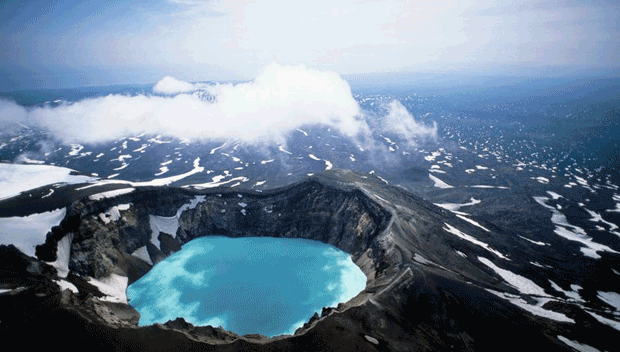 |
|
Cape York, Australia
Australia is renowned as a place of nowheres, but even to Aussies Cape
York presents a remote and forbidding frontier. The northernmost tip of
the country is reached by 4X4 along corrugated tracks that will rattle
the teeth loose from your jaw. You will find the cape approximately
1,000km from Cairns, which means days and days of driving, including
crossing creeks inhabited by estuarine crocodiles. For your reward, you
will find a rocky headland and blissfully not much else. Now the only
thing left to do is to turn around and clatter your way back.
|
|

|
|
Concordia, Pakistan
To reach Concordia -- the junction of the Baltoro, Godwin-Austen and
Vigne Glaciers in Baltistan, northern Pakistan -- you must walk for
about 10 days, eventually arriving at the foot of K2, the world’s
second-highest mountain. Easy ways in do not exist, and there are few
places on Earth where you can be buried so deep within a mountainscape.
Described by photographer Galen Rowell as the “throne room of the
mountain gods”, Concordia is as starkly beautiful as it is remote. Its
name was given by European explorers, who thought it looked like a spot
in the European Alps.
|
|
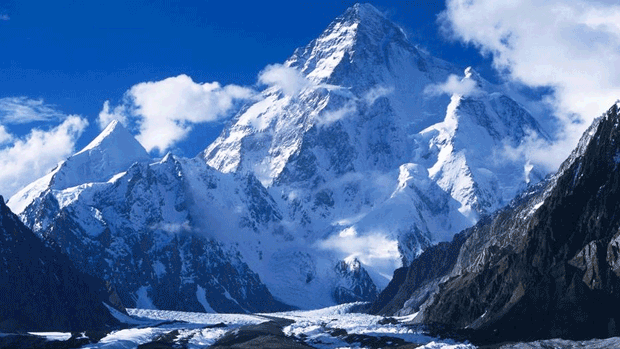
|
|
Olkhon Island, Russia
Travel on the Trans-Siberian Railway as it skirts Lake Baikal, the
world’s deepest freshwater lake, and you appreciate the place’s
remoteness -- it is about three-and-a-half days by train from Moscow and
three days from Beijing. Containing around 20% of the world’s fresh
water, the lake also contains the 72km long Olkhon Island (pictured)
near its midpoint. Olkhon is Baikal’s largest island, and by some
climatic quirk it is said to get more sunny days than the Black Sea
coast, even as the rest of the lake and its surrounds mope beneath heavy
cloud cover.
|
|
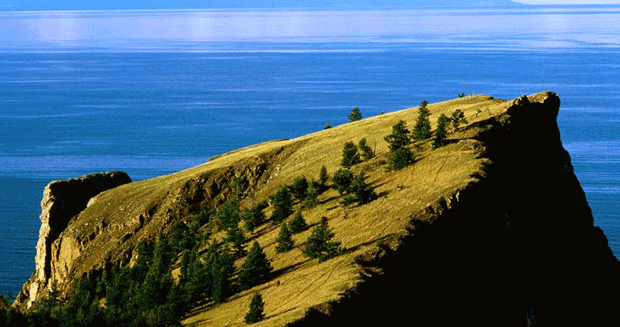
|
|
Quttinirpaaq National Park, Canada
Canada’s second-largest national park is probably also its least
visited. Straddling the 80th parallel on Ellesmere Island, it reaches to
North America’s northernmost point (Cape Columbia), and, for visitors,
deep into their pockets – a charter flight in from the town of Resolute
will set you back an immodest 32,000 Canadian dollars. The park has no
facilities, roads or even trees. What it does have are polar bears and
beautiful mountains.
|
|
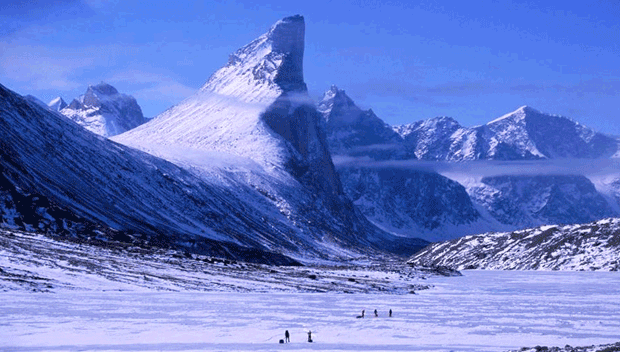 |
|
Robinson Crusoe Island, Chile
The most famous lonely person in literary history is Robinson Crusoe,
and there is an equally lonely island that bears his name, 670km off the
South American coast. It was here, in 1704, that Alexander Selkirk asked
to be put ashore after a dispute with his ship’s captain. He lived on
the island alone for four years, inspiring Daniel Defoe to write
Robinson Crusoe. Today, around 500 people live on the Pacific island
that is named for its very solitude. Few others come here; visitor
numbers rarely top 100 in a year.
|
|
 |
|
Empty Quarter, Saudi Arabia
Whether you call it the Empty Quarter (Rub al-Khali) or the Abode of
Silence, the largest area of sand on Earth is, well, rather empty.
Covering an area of the Arabian Peninsula that is larger than France,
Belgium and the Netherlands combined, the Empty Quarter also has sand
dunes as high as the Eiffel Tower, rising to more than 300m in height
and stretching for hundreds of kilometres. And while the Eiffel Tower
remains firmly rooted in Parisian soil, these dunes can move up to 30m a
year, pushed along by strong winds.
|
|
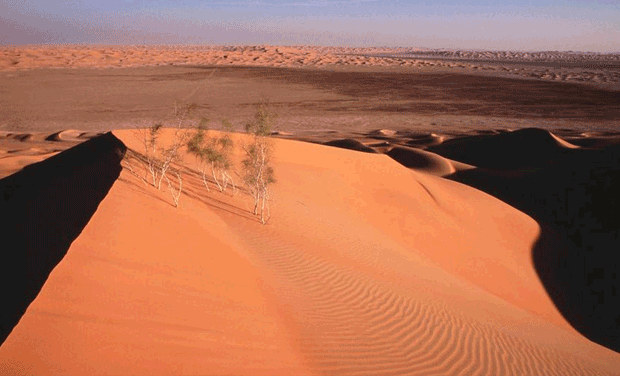 |